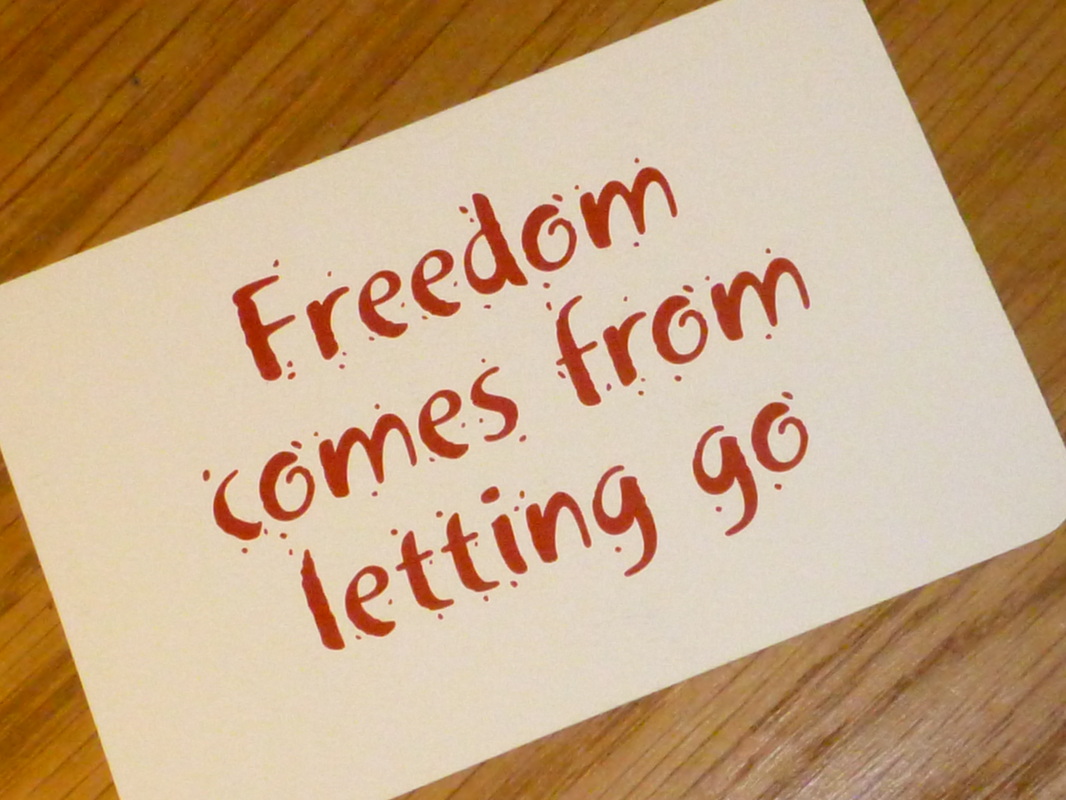The Thursday Thesis - 06/10/2016
“How the right shoes turn back time, make you feel good, and saves on physio fees” When was the last time you spontaneously skipped from a walk into a loping jog and then sprinted to the next signpost, just because it felt fantastic? It’s been a while, hasn’t it? Why? Everybody knows that running confers the health benefits of cardio-vascular fitness, boosted metabolism, higher self-esteem, and is also a proven stress reliever – but even they are not the best reason to run. No, the best reason to run is that it is a ton of fun. Running makes humans feel good, and through all of history and literature is associated with freedom and self-empowerment. So why don’t we all run, just for the fun of it? What’s wrong with running? Running shoes. You know the ones I mean, don't you? The ones with the built-up heels and all that bouncy foam cushioning: they're what’s wrong with running. I’m talking about shoes that promise unrivalled athletic performance, made by multinational corporations that have never produced a shred of evidence to support their claims. Nothing. Zero. Ever. Zilch... Running shoe manufacturers taught us to overlook the fact that the human body is the ultimate distance running machine, and our legs are equipped with two superb natural shock absorbers – the arches of our feet and our Achilles’ Tendons. For two million years our ancestors ran lifelong and injury-free. They also ran barefoot. A barefoot runner runs differently to a modern, shod runner: barefoot runners naturally land defensively on the middle part of their feet, flexing their arches and loading their Achilles tendons up with free energy to propel them forwards into their next stride. That’s why you and I are built the way we are – to protect ourselves from damage and to optimise energy use. That efficiency is also why running for weight loss fails: humans are just too good at running. But modern, built-up shoes force your feet to land on their heels, and heel-striking bypasses your body’s natural mechanism for soaking up impacts, transmitting the violent force of your landings straight up your shins and into your knees and hips, which cannot absorb the shocks. The results are painful shins, knees or hips, and sometimes all three. And because your feet are unable to move freely inside your shoes, they are more prone to injury, too. Imprisoning your feet in a close-fitting shoe that is designed to restrict foot movement will be disastrous for your feet. It seems obvious, doesn’t it? It’s 20 mm of bouncy foam rubber versus Nature and two million of years of evolution. No Contest. I switched to unpadded shoes with separated toes a few years ago, after enduring a decade of sore knees and shin pain. I run differently, now; I also run more often and for longer, but I don’t get injured anymore. But, best of all, I’m enjoying running as much as I used to when I was a kid. I know that my barefoot shoes are really time machines, carrying me back through time to splash through the mud and puddles of my childhood. Strangely, they feel very similar to cheap, the black canvas plimsolls that everyone wore back then - before running shoes had been invented, and when nobody had heard of a running injury. I’m backing Nature and Evolution – how about you? © Neil Cowmeadow 2016 Like and Share The Thursday Thesis with your friends, family, and your cat. I’d love to hear your comments, along with any ideas you’d care to hurl at me: [email protected]
2 Comments
Rosalind Derici
6/10/2016 08:38:52
I looked up barefoot running shoes on the internet. I cant find any evidence thst they are are better for you. There is also some suggestion that they make plantar fasciitis worse.
Reply
6/10/2016 10:04:06
Any evidence that bouncy shoes are better for us than no shoes - other than human history.
Reply
Leave a Reply. |
Share it with your friends
It's Like This...The Thursday Thesis shares ideas which I think are worth spreading. Archives
May 2022
Categories
All
All content on these pages is the intellectual property of the author, unless otherwise stated, and may not be used in any form or reproduced under any circumstances without the authors permission.
|

 RSS Feed
RSS Feed